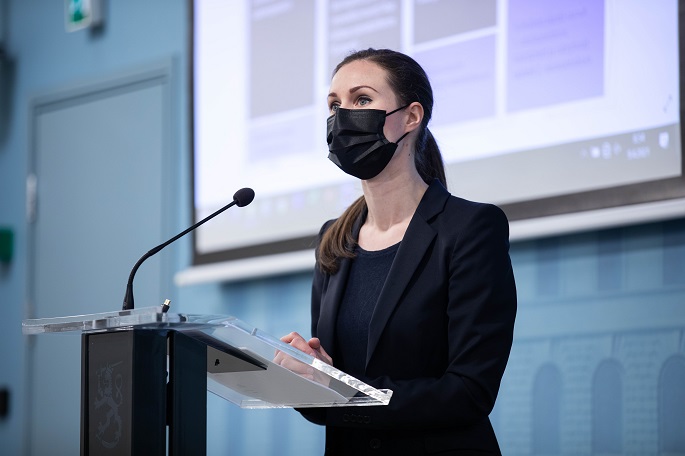Govt mulls lifting coronavirus restrictions by phases
Published : 09 Apr 2021, 11:50
Updated : 10 Apr 2021, 10:05
The government is planning to gradually lift the ongoing restrictions imposed in the context of worsening situation of coronavirus spread in the country.
If the COVID-19 epidemic is kept under control in April and May and vaccinations progress steadily, the normal life would be restored in Finland in June and July, said the government at a press conference on Friday morning.
The government has published a plan to lift the restrictions in line with a target timetable.
The government is inviting cmments and opinions on the plan in the next seven days and the comments will be analysed and drawn upon in finalising the plan.
In addition to the public consultation round, the government will hold a separate event where labour market organisations and municipalities may discuss the plan.
The purpose of the plan is to give the public, businesses, and communities a clear picture of how society is going to open up gradually.
The plan is based on the available research data, modelling, forecasts and monitoring. It is not binding on the government and the authorities or their decision-makers. It is possible that the restrictions will need to be continued, reinstated, or retightened in certain regions, if the development of the epidemic so demands.
It may be necessary to slow down the dismantling of restrictive measures, if the number of infections remains high or the number of vaccinations is too low. Easily spreading virus variants may also delay the lifting of restrictive measures.
The government will re-assess the conditions for lifting the restrictions and update the tentative timetable every two weeks.
As per the plan, the state of emergency will end
in April, bringing in its tow transition to contact teaching (comprehensive school education and upper secondary education) and restaurants will open with certain restrictions.
In May, children and young people may take part in outdoor group hobbies, public and private premises (including libraries and museums) will reopen, commuter traffic within the EU will be possible.
In June, restrictions on restaurants’ customer seating and opening hours will be eased, adults may take part in outdoor group hobbies, public events will resume with restrictions on the number of participants, internal border control will stop.
In July, restrictions on gatherings will be eased and removed, restrictions on the number of participants in public events will be eased and removed.
In August, commuter traffic to and from third countries will possibly resume.
The restrictions on public events would be lifted in three stages, as outlined in the “safe events” model drawn up by a working group appointed by the Ministry of Education and Culture.
The main premise is that first public events could be held in many regions in June.


